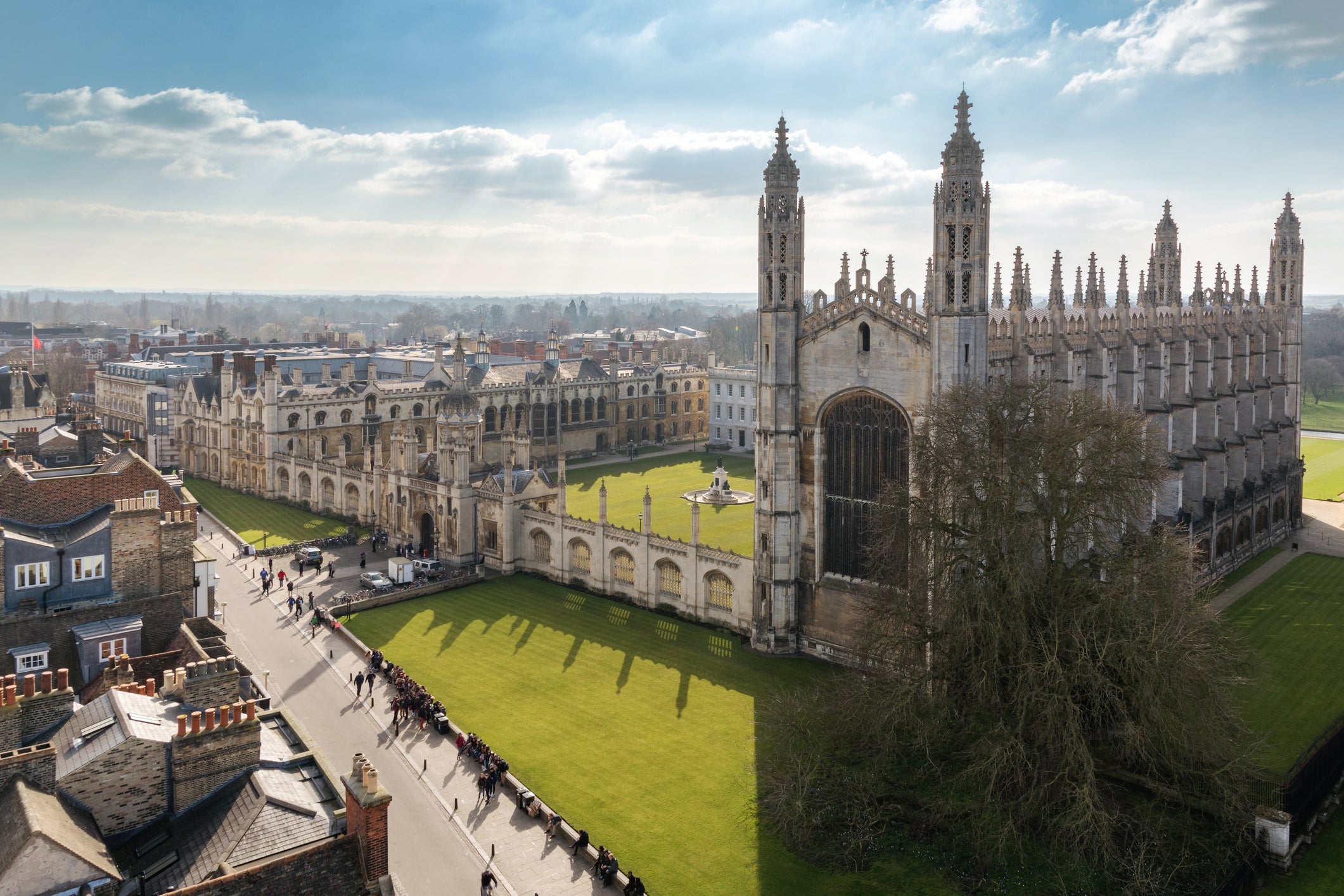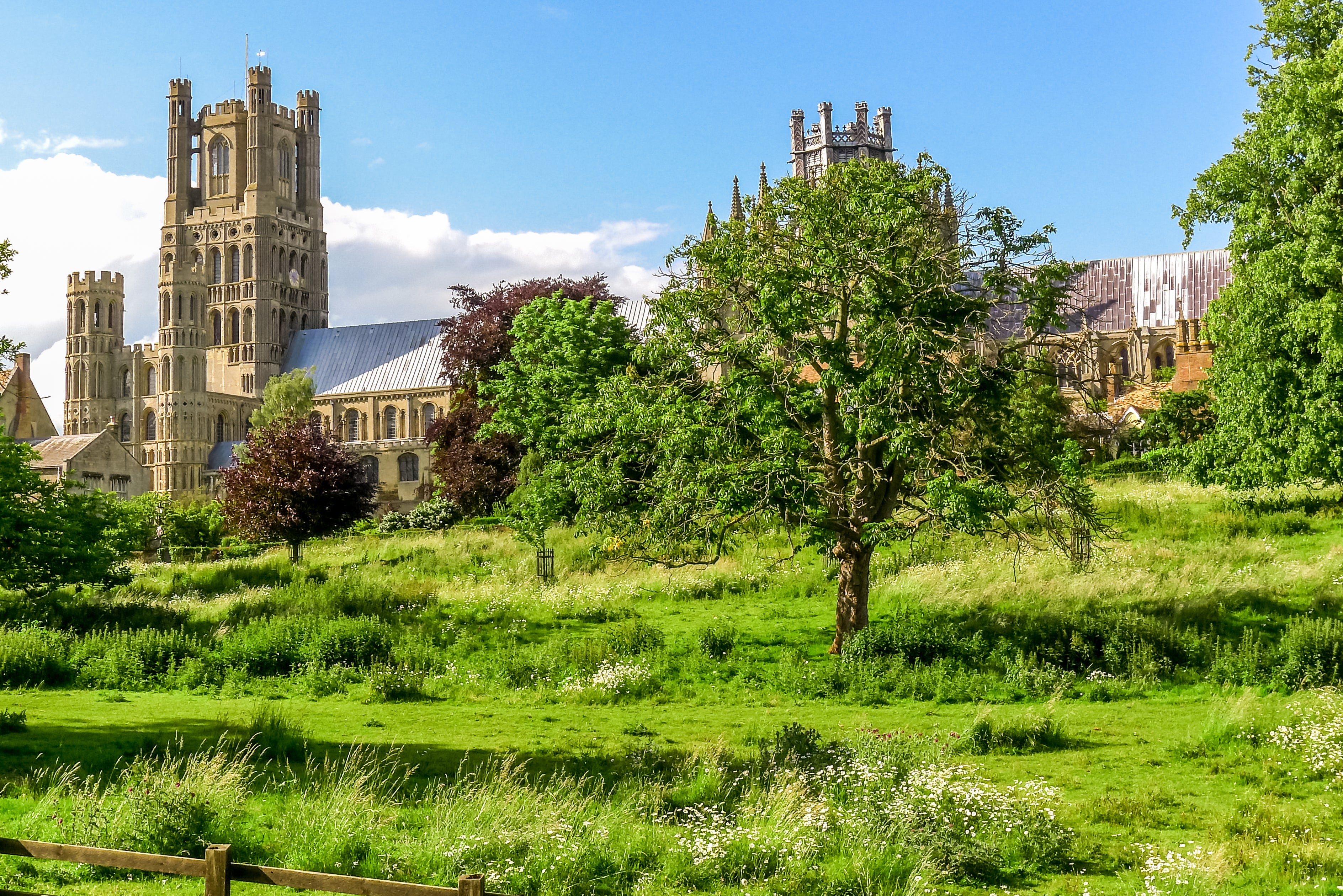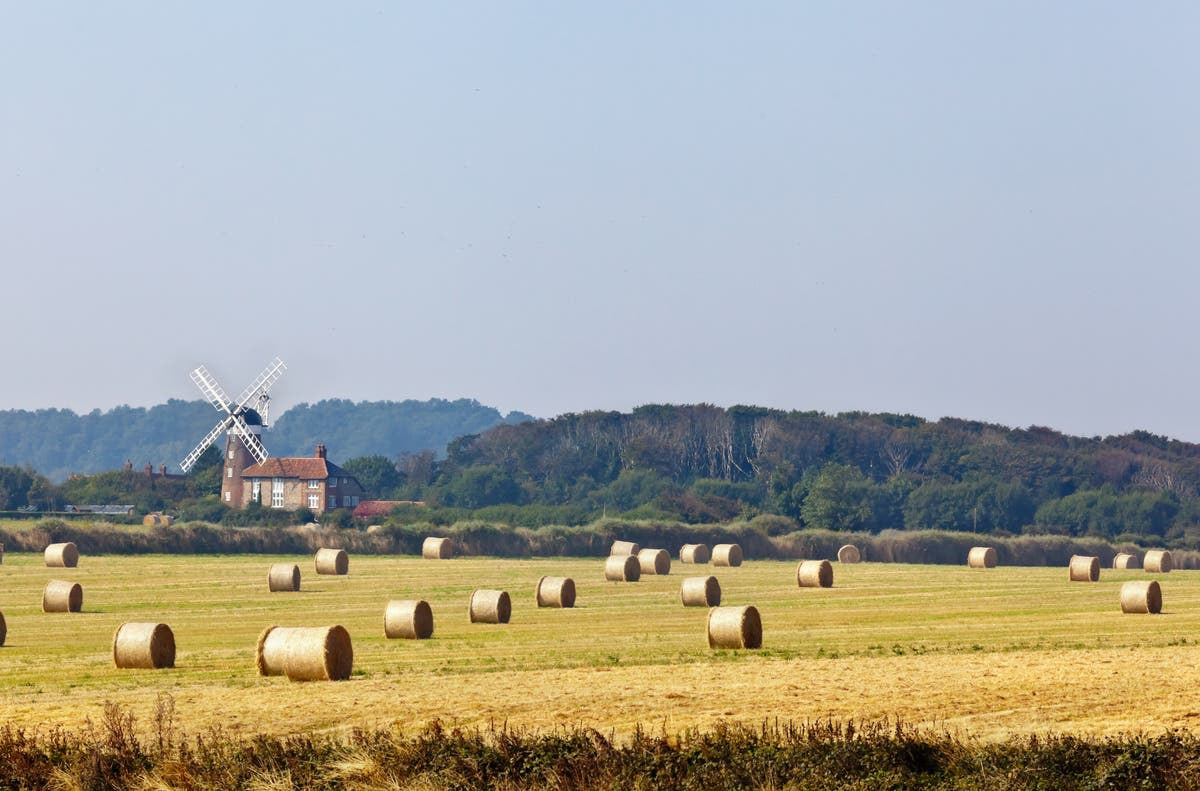In times past, if you read that the Canaries were hard to beat at this time of year, you’d think you were reading a tired platitude about winter sun in Tenerife. Today, though, it’s as likely to be a reference to the pride of Norfolk, Norwich City FC, who at the time of writing had not lost a game of football for six weeks. That’s not the only thing that East Anglia, once described by Paul Theroux as the rump of Britain, has to shout about right now.
The region – typically defined as comprising the counties of Norfolk, Suffolk and Cambridgeshire (and sometimes Essex) – is enjoying a long-overdue moment in the spotlight, after Lonely Planet named it in its Best in Travel list as one of the world’s top places to visit in 2025.
Other names on the list include the likes of Fiji and Nepal, and while the East Anglian coastline has plenty of showstopping beaches to rival any palm-strewn Melanesian idyll, the region’s topography can’t exactly be called Himalayan – not for no reason did Noel Coward pen the immortal line: “Very flat, Norfolk.”
Still, East Anglia is a region of great natural beauty and cultural richness, and it’s something of a mystery why the region has remained so firmly off the tourist radar for so long.

Read more: The best walks in the Lake District
Always ahead of his time, David Bowie was taking us from Ibiza to the Norfolk Broads as long ago as 1971, and that area of waterways, windmills and wetland birds remains a captivating starting point for exploring the region. The Broads National Park actually covers the counties of both Norfolk and Suffolk, and comprises a network of lakes and rivers – once thought natural, but actually flooded medieval peat extraction pits – navigable on boat trips like those offered by Broads Tours. Board the Belle of the Broads for a river cruise from the village of Wroxham, with the skipper delivering a running commentary on the grebes, fulmars, tufted ducks, and various other waterbirds you can spot from the deck (perhaps more pertinently, there is also a licensed bar on board).
Towards the coast, the Broads give way to some of Britain’s most beautiful beaches. “Brancaster Beach, in my opinion, is up there with Holkham Beach as the best in the country,” says Rob Williamson, general manager of the White Horse Inn in Brancaster Staithe. “The Norfolk Coast Path [a UK National Trail] runs adjacent to The White Horse. If you’re lucky you may see some seals, and you can also spot foragers hand-picking samphire, sea buckthorn, purslane and sea herbs.”
Oysters and mussels reared within sight of the pub feature prominently on its menus, and zero-mile, top-quality produce can be found in abundance across the East Anglian coast and countryside. Cromer crabs are justly celebrated for their fragrant white meat – try Upstairs at No1, led by renowned local chef Galton Blackiston, for the best crab in the country.

Read more: The UK beaches that look like they’re abroad
Inland, head to the Gunton Arms, where chef Stuart Tattersall cooks venison from the on-site, thousand-acre deer park, and beef from the herd at the nearby Blickling Estate.
Lizzie Shanahan, the pub’s reception manager, says that the region’s recent recognition is long overdue. “It should be celebrated, and is deserving of the recognition on Lonely Planet’s Best in Travel list,” she says. “We’d highly recommend visiting [country house] Houghton Hall and the Sainsbury Centre [a modern art museum in Norwich] – their art collection shouldn’t be missed.”
East Anglia’s riches, indeed, are not all natural. The region has contributed a huge amount to British culture and history over the centuries, from Cambridge University and Colman’s Mustard to Alan Partridge and Pink Floyd. There’s also Ed Sheeran, from Framlingham.

Read more: How this eco-campsite in North Wales became a haven for frazzled Londoners
A cultural tour of the region might begin in Sheeran’s home county of Suffolk, at the prehistoric site of Sutton Hoo. In 1938, self-taught archaeologist Basil Brown was hired to excavate a burial mound on an estate near the town of Woodbridge. He discovered an Anglo-Saxon ship burial full of treasures: spears, jewellery, aurochs drinking horns, and, most famously, the Sutton Hoo helmet, an icon of archaeology to rival Tutankhamun’s death mask and the Easter Island moai.
From here, head west towards Cambridge, whose ancient university architecture is softer and less imposing – though no less beautiful – than that of its great rival, Oxford. Highlights include the King’s College Chapel, a masterpiece of English Gothic architecture which ranks among the world’s most beautiful churches; and the Fitzwilliam Museum, whose Neoclassical colonnades conceal one of the country’s finest collections of antiquities and Renaissance art.
Complete a loop back towards Norfolk by leaving civilisation behind and heading into the Fens, an eerily quiet and flat region of marshland which marks Cambridgeshire’s northern border. Cycling and walking trails through the Fens include the Fen Edge Trail, which takes in the striking Ely Cathedral, known as the ‘Ship of the Fens’ for the way it seems to float on the flat horizon. This landscape is particularly atmospheric at this time of year, evoking the words of novelist Abigail King: “Each evening, mist seeped in from the Fens, like autumn’s great party trick.”

Where to stay
The Gunton Arms, Thorpe Market
Equidistant between the coast at Cromer and the Norfolk Broads inland, the Gunton Arms sits in its own deer park and offers several rooms decked out in a traditional country style.
From £140; theguntonarms.co.uk
The White Horse Inn, Brancaster Staithe
This coastal inn overlooks the gorgeous tidal marsh of Brancaster Staithe, and, beyond it, the Scolt Island National Nature Reserve. The pub serves local seafood and country produce, while upstairs are 15 comfortable rooms with a fresh, contemporary feel.
From £150; whitehorsebrancaster.co.uk
Read more: Norfolk guide – where to eat, drink and stay in a county of birds, boats and endless skies

